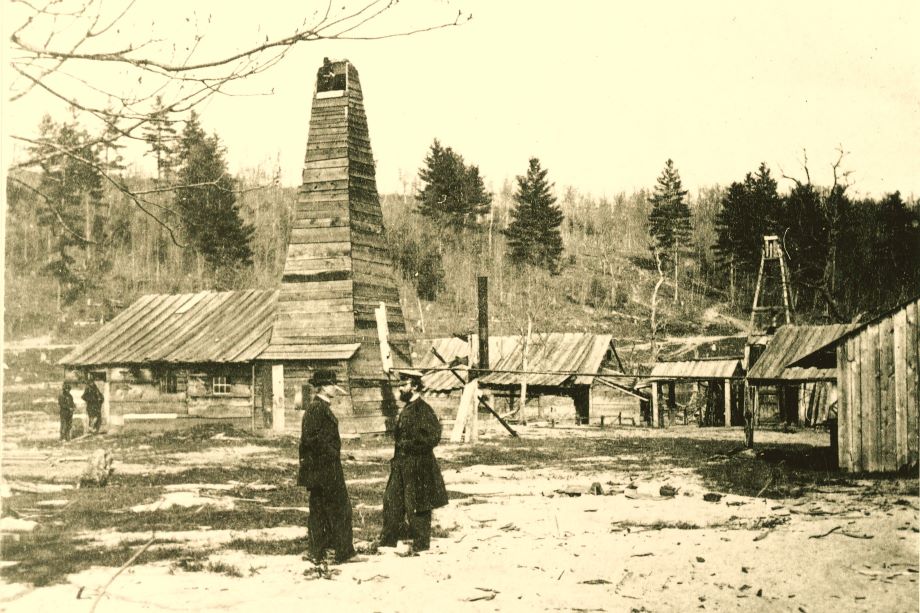House Science Committee Holds Hearing on Controversial “Strengthening Transparency in Regulatory Science” EPA Rule
House Science Committee Holds Hearing on Controversial “Strengthening Transparency in Regulatory Science” EPA Rule
Last week, the House Committee on Science, Space, and Technology held a hearing on the Environmental Protection Agency’s (EPA’s) controversial “Strengthening Transparency in Regulatory Science” draft rule. The rule would require scientists to disclose data (including underlying data such as personally identifiable medical information) in order for research to be considered transparent and publically available by the EPA. While the previous draft would have only applied to certain types of research, the new proposal would require access to such raw data for all research used by the EPA to carry out agency activities.
EPA currently has the authority to establish policies governing its reliance on science in the administration of its regulatory functions. Historically, EPA and the courts have upheld the use of some non-public data in support of its regulatory actions. The 2018 proposed rule would allow EPA to preclude such data in future regulatory actions, and claim for the EPA Administrator – rather than the EPA’s Science Advisory Panels or Office of Research and Development - sole discretionary authority to grant waivers to the newly restrictive policy on a case-by-case basis.
Last week’s Congressional hearing put on display the controversial nature of the rule as Republican and Democratic Committee members questioned witnesses to better illustrate why or why not such a rule would increase transparency and strengthen American environmental policy.
The hearing was divided into two parts. First, Dr. Jennifer Orme-Zavaleta, EPA Science Advisor, testified on the prosed rule, sharing that the rule seeks to ensure that the science underlying EPA’s actions is available for public, external validation. Following her testimony, Committee members asked questions with Republican members seeking to validate the proposed rule while Democratic members aimed to discredit the EPA’s intent. Dr. Orme-Zavaleta’s questioning was followed by a panel of experts presenting their views on how the rule would help or hurt the scientific community and the mission of the EPA. A recording of the hearing along with the written testimony of all witnesses can be found on the Science Committee’s website.
In addition to prompting a Congressional hearing, the draft rule made headline news in the science community with public health scientists warning of the ill-effect such a rule could pose. The New York Times reported that, “the measure would make it more difficult to enact new clean air and water rules because many studies detailing the links between pollution and disease rely on personal health information gathered under confidentiality agreements.” Additionally, the updated rule has been criticized for ignoring disapproval it received during the public comments to the 2018 draft.
Some believe that reporting on the proposed rule has been misleading, even prompting a news release to be issued by the EPA proclaiming that much of the criticism is referencing an older, leaked draft of the proposed rule. Additionally, EPA assured the public that the agency still intends to issue a final rule in 2020, which was reiterated by Dr. Orme-Zavaleta’s during the Congressional hearing as well. The EPA plans to take into account the comments received in response to the 2018 proposed rule and those submitted by the Science Advisory Board when making the final rule.
ASME will continue to monitor and report on any additional developments to the “Strengthening Transparency in Regulatory Science” rule.



